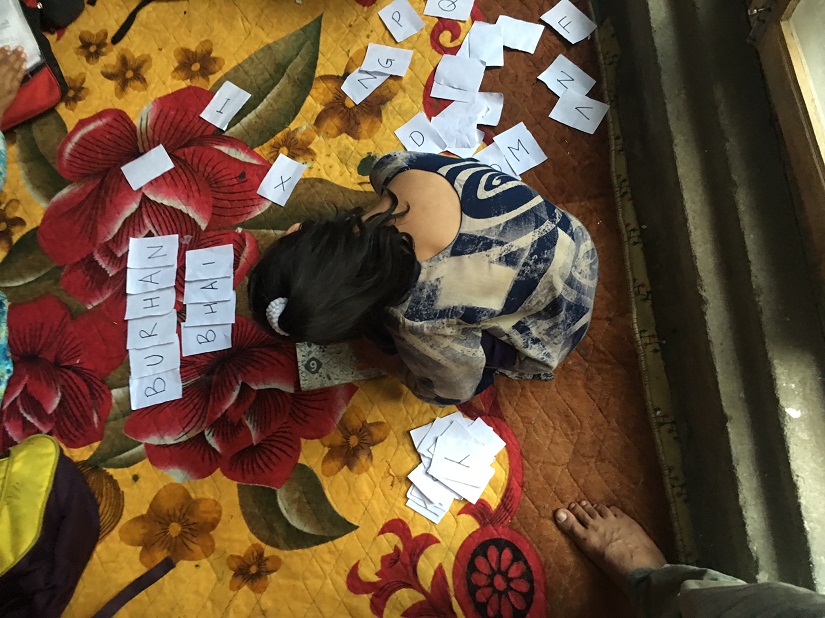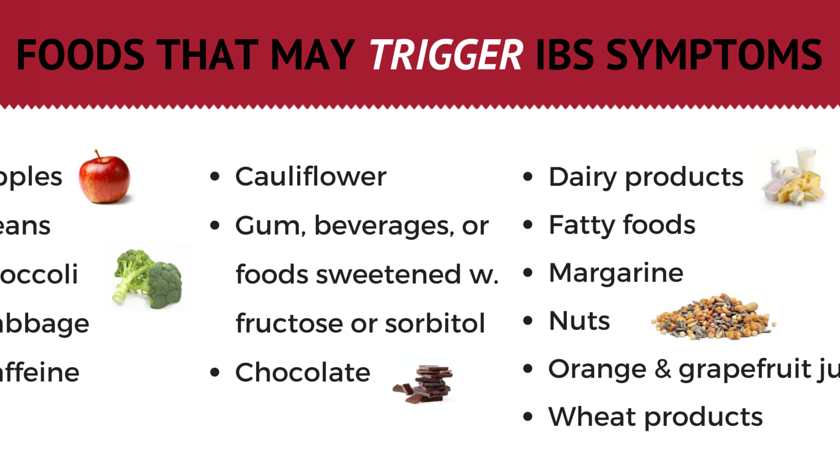 In the ongoing uprising in Kashmir it is the children who are turning into the next defiant generation that will prolong the current political crisis for coming years. Go to any part of Kashmir, children as young as three are raising slogans and are well aware why the region has been on lockdown for the past 10 weeks.
In the ongoing uprising in Kashmir it is the children who are turning into the next defiant generation that will prolong the current political crisis for coming years. Go to any part of Kashmir, children as young as three are raising slogans and are well aware why the region has been on lockdown for the past 10 weeks.
During a reporting trip last month, in South Kashmir’s Yaaripora, a group of children paraded with handmade wooden rifles, raising anti-India and pro-freedom slogans. Pictures of such groups of children also appeared from many other areas. While traveling to the interior villages of the South, one could find children putting up barricades, distributing drinking water and making Pakistani and Independent Kashmir flags for rallies.
Since 8 July, when popular militant commander Burhan Wani was shot dead, Kashmir has been under siege with daily demonstrations against the state. At least 90 civilians have been killed and around 13,000 injured by the government forces’ bullets, pellets and tear-gas shells. It has been continuous curfew imposed by the government to crush the dissenting population and a few times of revoking curfew has only led to intense protests and clashes between the forces and youth.
The psychological impact of the on going uprising has been mainly on the children, who are witnessing the extreme force used by the state against civilians, for the first time at this large scale level. At the curfew schools, opened by volunteers in many parts of Kashmir in the wake of schools being shut, children only discuss Burhan Wani and the uprising. At one such school in South Kashmir, when children between ages 5-12 were told to play a game of building words out of alphabets they made words like “Burhan Bhai,” “Freedom,” Azaadi” and “Free Kashmir”.
In a study titled Post-traumatic Stress Disorder (PTSD) in Children of Conflict Region of Kashmir (India) conducted by Raheel Mushtaq et al. early this year, it was found that the major risk factors of PTSD in children of Kashmir include “violent traumatic events, due to continuous turmoil over the last two decades”. It said, “Every child had experienced one traumatic event. Majority (49 percent) witnessing killing of a close relative, followed by witnessing arrest, torture of a close relative, caught up in cross firing, beaten up, and hearing about killing of a close relative.”
In this uprising, all these factors have taken place and its impact will be on the children. “At this age (5-12) children are on threshold of development,” said Saika Jan, a trained psychologist who has been teaching children in Anantnag. “Whatever they see and learn builds their personality. The uprising has direct and serious impact on their minds and that’s why we see them getting closer to conflict and understanding Kashmir’s politics.”
In Kashmir, memory has played a major role in passing on the pro-freedom sentiment from one generation to another. Memories of torture, crackdowns, killings and incidents of major clashes have always been in the minds of children. It is this memory that rejuvenates their anger against the government structure and leads to rise in an angry population. The sentiment of freedom for Kashmir remains at the core of this anger.
A psychiatrist, who focuses on children in Kashmir, said that usually the psychological impact on them is evident after some time. “The uprising will definitely have an effect as the environment affects the psychiatric health of normal persons also,” he said. “These children have commonly seen these episodes and it impacts their psychological development. When a child grows up, he/she will have episodes in their memory, that are repeated, rehearsed and these memories last for a longer time. They won’t forget. But how much it will manifest in practical terms will have to be seen.”
At one of the curfew schools, a group of children was asked to draw something. They covered their sheets of paper with drawings of men in uniform, masked men, stone throwers and protesters. Clearly, the growing political unrest in Kashmir has penetrated the minds of the children in Kashmir, the Valley’s next generation.
Fahad Shah






